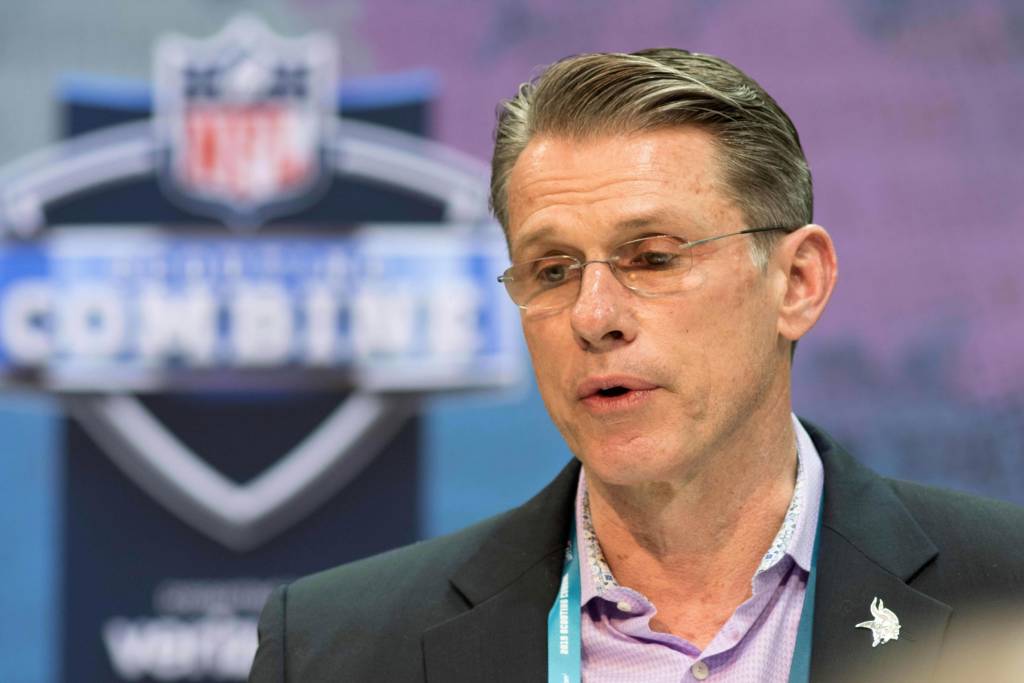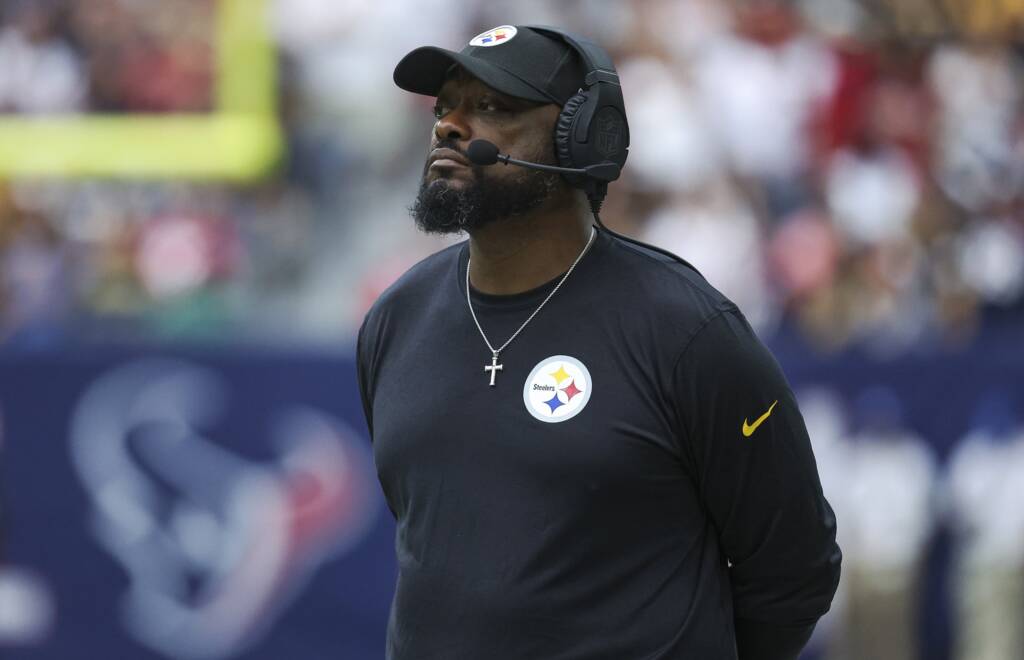Rick Spielman’s tendency to trade up and down in the draft is both loved and hated by Minnesota Vikings fans. Whether it’s moving up or down, Spielman approaches the draft like a game of Let’s Make a Deal.
The Vikings have made a trade in the first three rounds every season since Spielman took over in 2012, and there is no doubt that they will make trades in this year’s draft. But have their past trades been effective? And can they help us understand how Spielman will navigate the draft?
The NFL’s biggest hoarder
The Vikings have amassed 41 sixth- and seventh-round picks since Spielman was named general manager. Of those draft picks, he acquired 33 of them through trade, 28 of them from trading down. Like a hoarder, it sometimes seems like Spielman makes a mess of things by holding on to too many picks. But do the results of this stockpile of draft capital mean that more is better?
It’s hard to quantify whether a late-round pick panned out. I consider any late-rounder who becomes a multi-year backup a good pick. Looking over the 41 selections during Spielman’s term as GM, the results haven’t been very predictive. Shamar Stephen, Stephen Weatherly, and Ifeadi Odenigbo are the most notable players he’s taken late.
The Vikings haven’t been very successful drafting in the late rounds yet continue to acquire many picks. Realistically, most sixth- and seventh-rounders are longshots, and the hit rate NFL-wide isn’t very good. According to Patrick Rishe’s analysis, less than 5% of sixth- and seventh-round picks become a starter. If Minnesota had a league-average success rate, it would take 15 late-round picks to select one starter.
I could buy into this strategy if the Vikings were discernibly better than other teams at finding late-round gems, but that hasn’t been the case so far. A point in Spielman’s favor regarding trade-downs is that it’s difficult to quantify what they lost out on in the process. There were no obvious downsides that resulted from trading down. In many instances, they managed to get a great player after moving back.
A prime example was the 2015 draft when they traded down eight spots in the third round to draft Danielle Hunter and received a fifth-round pick, which they used on MyCole Pruitt, who didn’t pan out with the Vikings but went on to become a veteran backup with the Tennessee Titans.
Regardless of the outcome of the pick, it was an excellent value to acquire an additional pick and still get Hunter. The Vikings traded back again in 2015, moving 11 spots to take Stefon Diggs. But they used the sixth-round pick from that trade on an offensive tackle, Tyrus Thompson, who suffered a concussion and never played in the NFL.
Overall, the strategy has been a wash. The Vikings acquired more draft capital without losing out on players, but those additional picks have only materialized into three fringe starters. Granted, the success rate is about 4% on late-round picks league-wide, and Minnesota is hitting on 9% of them. Plus, they’ve managed to still get very good value with their picks after trading down, as we saw with Diggs and Hunter.
Both were the best players drafted in their respective rounds, so they lost nothing in moving down.
Moving on up
Spielman has also traded up in the draft. They’ve moved into the first three rounds three times in the past eight years. In 2012 they moved up to get Harrison Smith by trading their second-round pick and a fourth-round pick.
Two years later, they traded back into the first round, dealing their second- and a fourth-rounder to select Teddy Bridgewater. And in 2017, they moved up to take Dalvin Cook by trading second- and fourth-round picks to Cincinnati.
Spielman has typically got good value when he moves up. Smith may be a Hall of Fame player, Cook is one of the best running backs in the league when healthy, and Teddy Bridgewater is a fringe starting QB.
To put that in perspective, the Vikings gave up three second-round picks and three fourth-round picks for the two first-round picks and the second-rounder that would become Cook, Bridgewater, and Smith. That’s an extraordinary value.
What does this mean for next year’s draft?
Based on his reputation, Spielman will trade down in the first three rounds. However, the Vikings traded their second-round pick for Yannick Ngakoue, and without it, they are less likely to trade down. But I could see them moving down if none of their targets are on the board when they pick at 14. There’s a strong chance they move down and target a second-round pick, which has to be a priority for Spielman heading into the draft.
The Vikings have the ammo to move up to the second as well. They have two third-round picks and three fourth-round picks. I would be surprised if they didn’t package some of those picks to move up into the second round. Historically, Spielman has a sweet spot for trading up for a pick between the end of the first and the beginning of the second round. They have the draft assets to get near the top of the second or end of the first and retain their first, assuming they swap firsts to move down.
They could be in a position where they can move down and get offensive linemen later in the first, then move up to grab an edge rusher like Jayson Oweh. Perhaps they draft former Gopher Rashod Bateman to form a dynamic young duo.
If past drafts are any indication, Spielman is more likely to trade down than up. If he trades up, it will be to the end of the first or beginning of the second, and he has landed impact players by moving up in the recent past. Excusing the pathological tendency to acquire superfluous late-round picks, we should trust Rick Spielman when making trades.

